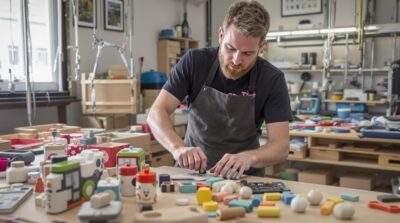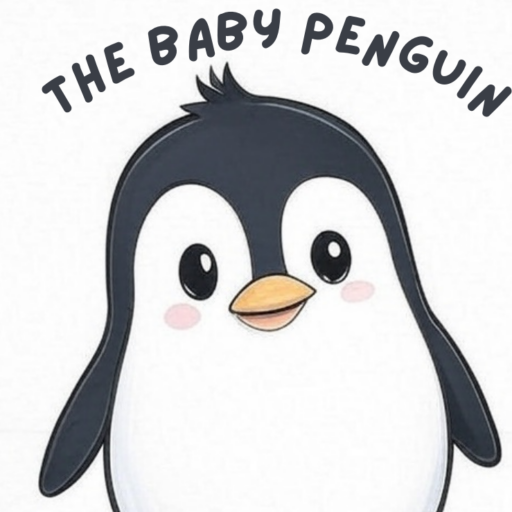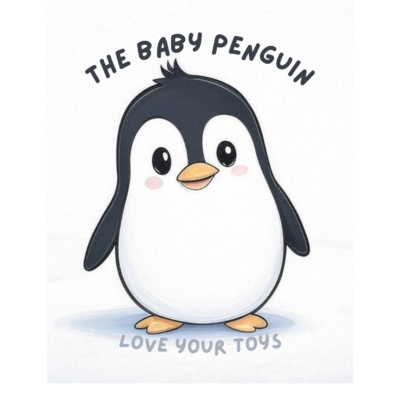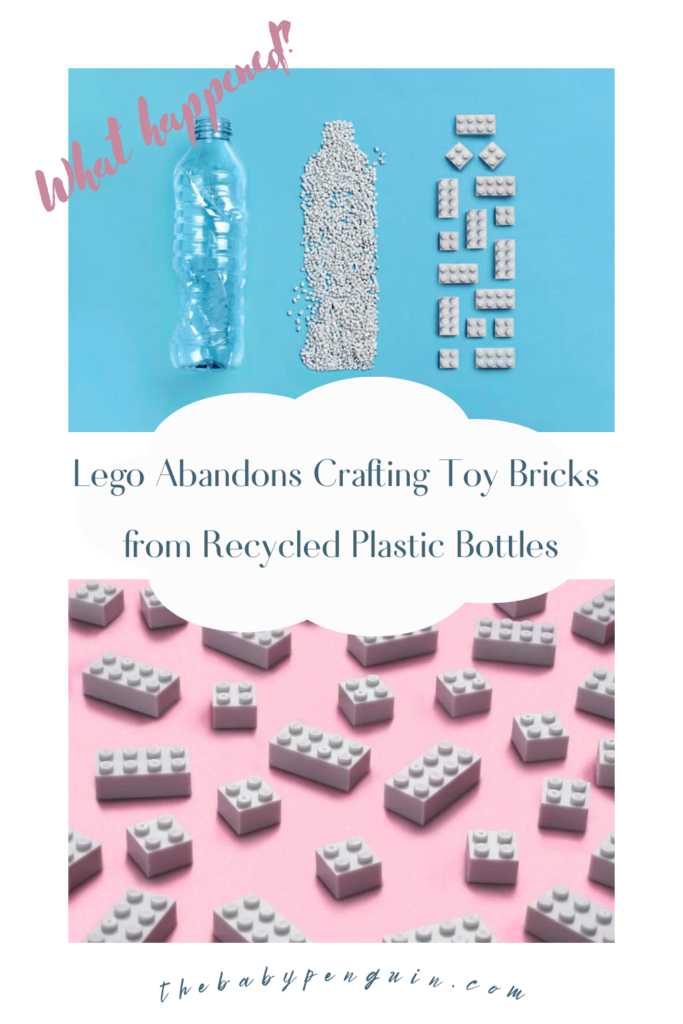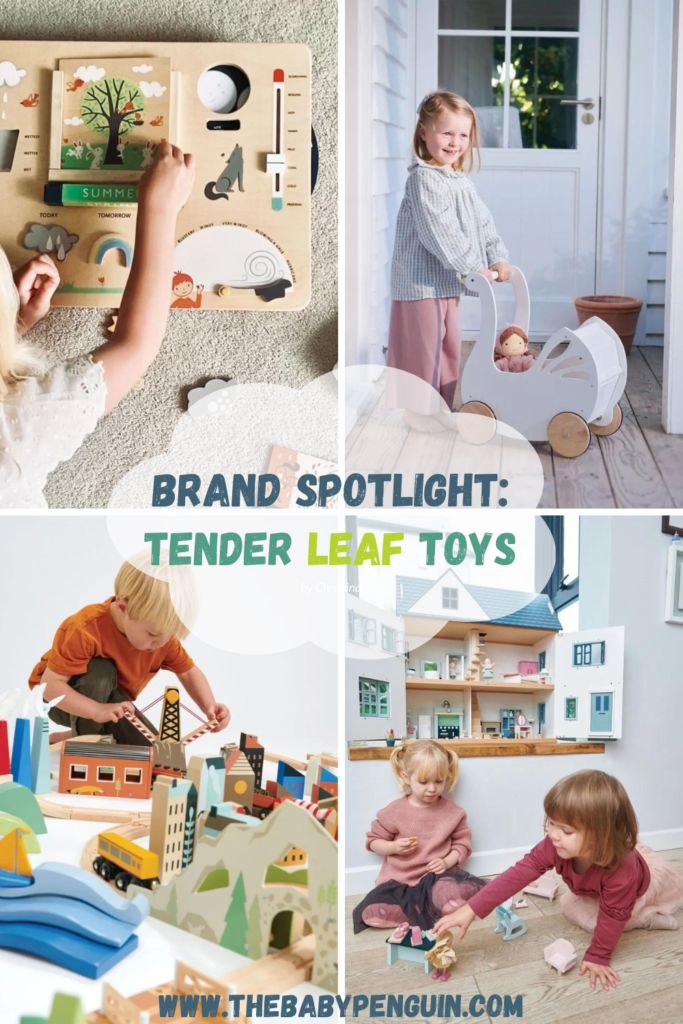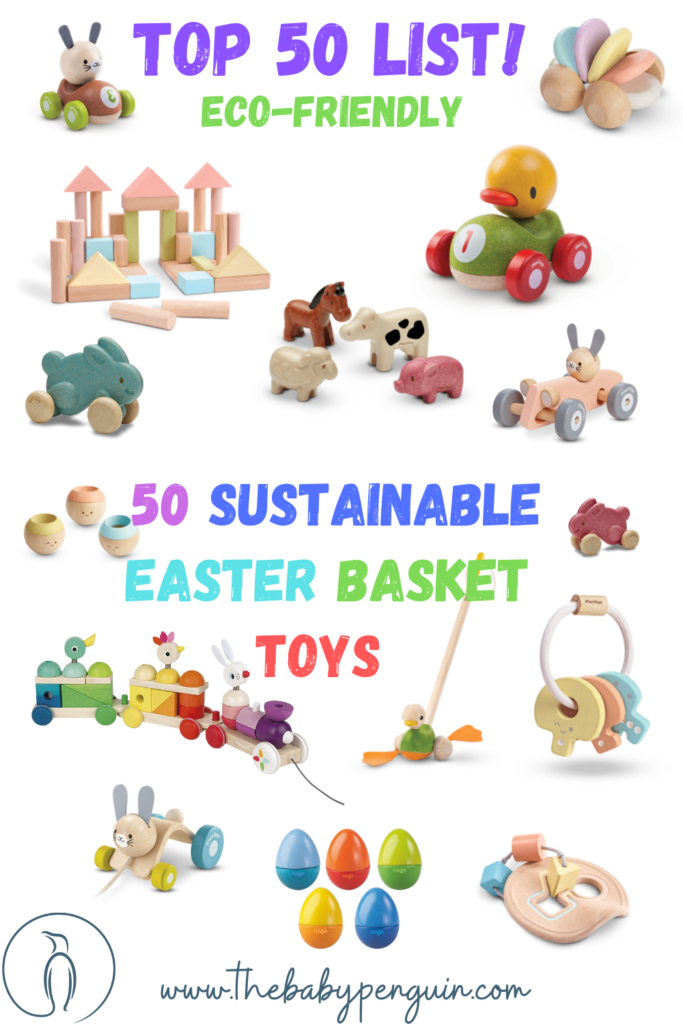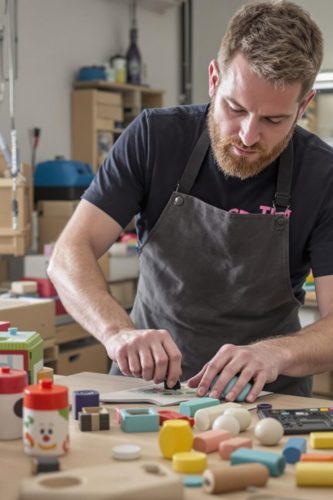Toys have always been a source of joy for children and adults alike. However, the increasing awareness of environmental issues has prompted a shift in how toys are manufactured. Today, we’re taking a peek behind the scenes to discover how modern toy companies are embracing sustainability without compromising on fun.
Table of Contents
ToggleThe Evolution of Sustainable Toy Manufacturing
Traditional toy production has often relied on petroleum-based plastics and energy-intensive processes. However, the toy industry has been undergoing a remarkable transformation. Many manufacturers now prioritize eco-friendly materials, reduced carbon footprints, and ethical labor practices throughout their supply chains.
This shift didn’t happen overnight. It represents years of research, consumer advocacy, and a growing commitment to protecting the planet for the very children these toys are designed to entertain and educate.
Innovative Materials Making a Difference
At the core of sustainable toy production are the materials themselves. Forward-thinking companies are now utilizing:
Bioplastics derived from renewable resources like corn starch and sugarcane, which can reduce fossil fuel dependency while maintaining durability
Responsibly harvested wood from certified forests where trees are replanted and ecosystems protected
Recycled plastics that give new life to materials that might otherwise end up in landfills or oceans
Natural fibers such as organic cotton, wool, and bamboo for softer toys, reducing chemical usage and water pollution
Energy-Efficient Manufacturing Processes
Sustainable toy production goes beyond materials to address how toys are made. Leading manufacturers have implemented:
Solar-powered factories that significantly reduce reliance on fossil fuels
Advanced water recycling systems that minimize waste in production facilities
Zero-waste initiatives designed to repurpose manufacturing byproducts rather than discarding them
These processes not only reduce environmental impact but often result in cost savings that can make sustainable toys more accessible to consumers.
Packaging Solutions That Don’t Cost the Earth
A toy’s environmental footprint extends to its packaging. Innovative companies are now employing:
Plastic-free packaging made from recycled cardboard and paper
Designs that use minimal materials while still protecting the product
Soy and vegetable-based inks that reduce toxic chemicals in the printing process
Packaging that’s designed to be part of the play experience rather than immediately discarded
Fair Labor Practices in the Supply Chain
Sustainability isn’t just about the environment—it encompasses social responsibility too. Ethical toy manufacturers ensure:
Fair wages and safe working conditions for all employees involved in production
Transparency in their supply chain management, often through third-party certifications
Investment in the communities where toys are manufactured
These practices help ensure that the joy toys bring to children isn’t shadowed by exploitation in their production.
The Role of Innovation and Technology
Technology plays a crucial role in advancing sustainable toy manufacturing through:
3D printing that reduces waste by creating parts with precision
AI and automation that optimize resource usage and reduce energy consumption
Advanced testing methods that ensure sustainable materials meet or exceed safety standards
These technological advances are constantly pushing the boundaries of what’s possible in eco-friendly toy production.
Challenges and Future Directions
Despite significant progress, sustainable toy manufacturing faces ongoing challenges:
Balancing durability and sustainability to ensure toys can be enjoyed for generations
Making sustainable toys economically competitive with conventional alternatives
Educating consumers about the value of eco-friendly options and why they might cost more
The industry continues to innovate, with research into new materials and processes that promise even more sustainable toys in the future.
Conclusion: Playing for a Better World
The transformation of toy manufacturing represents more than just a business trend—it’s an investment in our children’s future. By creating toys that are kind to the planet, manufacturers are teaching the next generation about the importance of sustainability through the very objects that bring them joy.
As consumers, we have the power to support these efforts by choosing toys made with care for both people and planet. When we do, we’re not just giving a gift to a child—we’re giving a gift to the world they’ll inherit.

